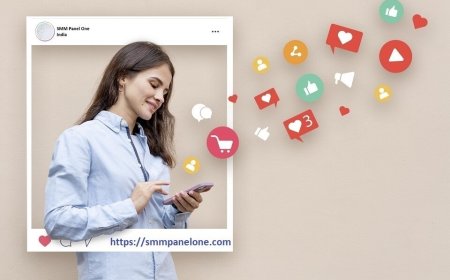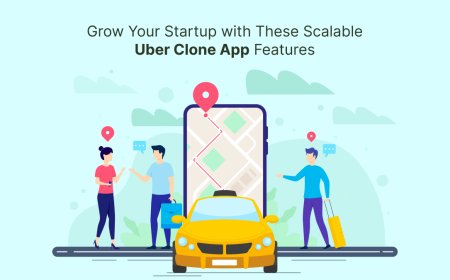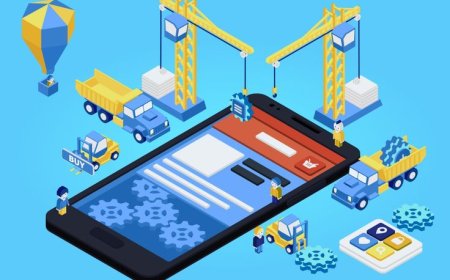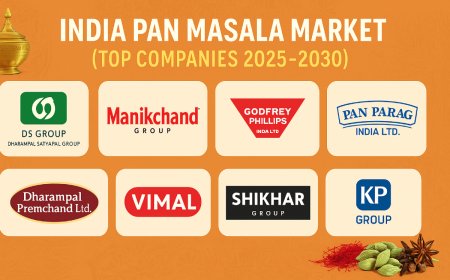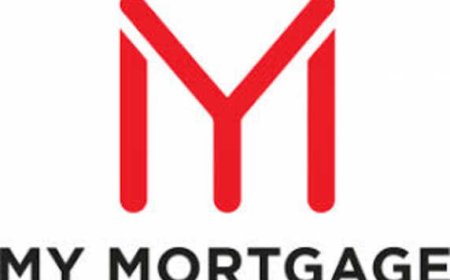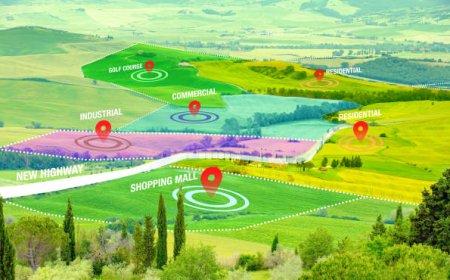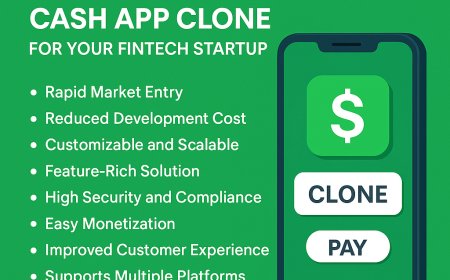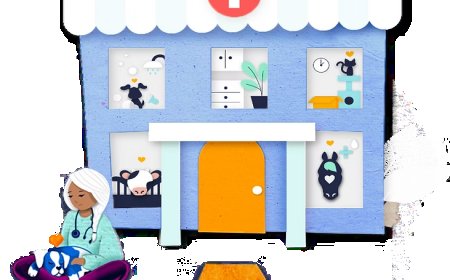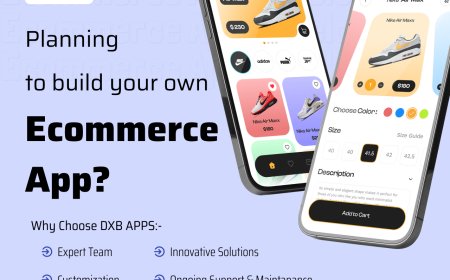How to Develop a Localized App for the Multicultural UAE Market

Introduction
The United Arab Emirates (UAE), and particularly Dubai, is a melting pot of cultures, languages, and lifestyles. With over 200 nationalities living and working in the country, businesses operating in this vibrant environment face a unique challenge: how to build digital products that resonate with a truly diverse audience.
When it comes to building a mobile application, localization is not a luxuryits a necessity. Localization goes far beyond translating text; it involves adapting the user experience, content, design, and functionality to meet cultural and linguistic expectations. This is where the expertise of a mobile app development company in Dubai becomes essential. Such firms are not only familiar with regional trends but are also equipped to align your app with the behavior of local and expat users alike.
In this blog, well walk you through everything you need to know about developing a localized mobile app for the multicultural UAE market.
Why Localization Matters in the UAE
1. A Multicultural, Multilingual User Base
The UAE is home to a highly diverse population, with large communities from India, Pakistan, the Philippines, the UK, Egypt, and beyond. The official language is Arabic, but English is widely used in business and everyday communication. Localizing your app to support both (and potentially more) languages can significantly improve accessibility and engagement.
2. Cultural Expectations
Each culture brings its expectations regarding colors, symbols, UX behavior, payment preferences, and even tone of communication. Ignoring these nuances can result in an app that alienates rather than attracts.
3. Government Regulations
Apps launched in the UAE must comply with the countrys data, privacy, and content standards, which may differ from Western markets. Localization ensures your app meets these legal requirements while catering to local user expectations.
Step 1: Define Your Target Audience
Before you even begin development, define who you're building the app for. In the UAE, your app may be used by:
- Emirati nationals
- Expat professionals (Western and Asian)
- Tourists
- Local businesses
- Government agencies
Understanding your primary and secondary audiences will inform your decisions on language support, UI design, features, and even monetization strategy.
Step 2: Choose the Right Languages
Language support is the cornerstone of localization. In the UAE, the most common languages used in apps are:
- Arabic (Modern Standard Arabic): For Emirati and regional users
- English: Widely spoken by expats and tourists
- Hindi/Urdu/Tagalog (optional): Depending on your target demographic
Ensure your apps text is not only translated but also culturally adaptedliteral translations can lead to confusion or offense. Use native-speaking translators and consider implementing an RTL (Right-to-Left) design for Arabic.
Step 3: Design with Cultural Sensitivity
App design is about more than aesthetics. In a multicultural setting, visual elements can have vastly different meanings. Heres how to design with cultural sensitivity:
A. Color Psychology
Colors convey different emotions across cultures. For instance:
- Green is auspicious in Islamic cultures
- Red may symbolize danger in some and celebration in others
- Avoid using colors that have political or religious connotations without context
B. Imagery and Icons
Avoid culturally specific imagery unless relevant. For example:
- Dont use pig icons in food-related apps
- Use modest imagery that aligns with local cultural values
- Use universally recognized symbols for actions like shopping, calling, and sharing
C. UX and Navigation
Arabic users expect right-to-left navigation, while English speakers prefer left-to-right. Your UI should adapt accordingly. Consider dynamic layout switching based on language selection.
Step 4: Localize Content Beyond Translation
Localization includes more than language. Tailor the following content elements:
- Date formats: Use DD/MM/YYYY instead of MM/DD/YYYY
- Currency: Display prices in AED (dirhams)
- Time: Follow the 24-hour format where appropriate
- Units of Measurement: Use metric system (kg, km) over imperial
- Addresses: Adapt forms to include PO boxes, emirate selection, and landmarks
Your app should automatically detect the location and offer regional preferences, or allow users to manually set their location and language.
Step 5: Integrate Local Payment Gateways
Incorporate payment options popular in the UAE, including:
- Credit/debit cards (Visa, Mastercard)
- Apple Pay / Samsung Pay
- Local gateways like Telr, PayTabs, or Network International
- Cash on Delivery (still popular among many users)
- Loyalty card integrations (like Carrefour, SHARE, etc.)
Ensure your app complies with UAE Central Bank regulations regarding financial data and encryption.
Step 6: Ensure Compliance with UAE Laws
A. Data Privacy
- Adhere to the UAE's data protection law (similar to GDPR)
- Avoid collecting unnecessary personal information
- Host data within UAE servers if required
B. Content Restrictions
- Avoid political, religious, or culturally sensitive content
- Include moderation features for user-generated content
Work with legal consultants or a mobile app development company in Dubai that understands local laws to ensure your app remains compliant.
Step 7: Optimize for Local Networks and Devices
Not every user in the UAE will have the latest smartphone or high-speed connection. Your app should be optimized for:
- Low to mid-range Android devices (popular in labor segments)
- Variable internet speeds (especially in older buildings or rural areas)
- Offline capabilities or data-light versions of the app
A progressive web app (PWA) or a lightweight version can increase reach without compromising on usability.
Step 8: Run Region-Specific Testing
Test your app with real users from different cultural backgrounds and linguistic groups. Focus on:
- UI/UX issues in Arabic and English
- Navigation flow across RTL and LTR interfaces
- Payment and checkout experiences
- Cultural missteps or offensive content
- Overall performance across devices
User testing should include both technical and cultural validation.
Step 9: Localized App Store Optimization (ASO)
If you want your app to be discovered in the UAE, localize your App Store and Google Play listings:
- Titles and descriptions in both English and Arabic
- Use keywords like Dubai delivery app, UAE shopping, or Arabic learning.
- Include region-specific screenshots and reviews
- Highlight features designed for UAE users
Local ASO increases visibility and helps drive downloads from your target demographic.
Step 10: Post-Launch Localization and Support
Localization doesnt end at launch. Keep evolving your app based on user feedback and regional trends:
- Offer in-app customer support in English and Arabic
- Translate notifications, emails, and push messages
- Monitor analytics by region and language
- Roll out location-based offers, content, or features
Regular updates help retain users and build trust in a culturally aware brand.
Why Partnering with a Local App Development Company Matters
Developing a localized app for the UAE market involves a mix of cultural insight, technical execution, and regulatory compliance. This makes collaboration with an experienced mobile app development company in Dubai a strategic decision.
Such firms understand the nuances of the region, have experience working with multicultural audiences, and often provide access to local testers, native translators, legal advisors, and platform experts. They can guide you through every phasestrategy, design, development, and launchensuring your app doesnt just function but thrives in the UAE ecosystem.
Conclusion
Creating a localized app for the UAE is not just about making it available in Arabic and English. Its about designing for diversityembracing the complex cultural, linguistic, and lifestyle differences that define the UAE audience. By carefully considering local expectations, laws, design norms, and access to technology, you can create a product that truly connects.
Whether youre a startup aiming to disrupt a sector or an enterprise expanding into the Middle East, localization is the key to meaningful engagement and long-term success. And if you're serious about getting it right, working with a knowledgeable mobile app development company in Dubai can make all the difference.
Need help developing a localized app tailored to users in the UAE? Lets build it rightstep by step.
